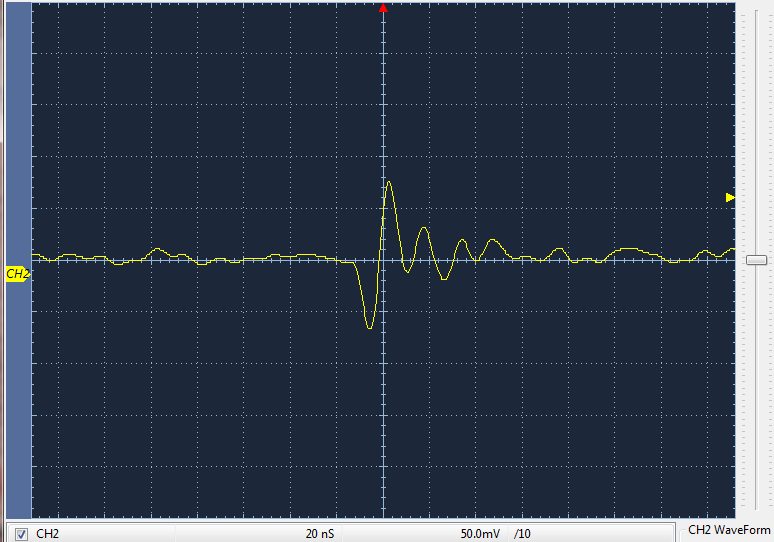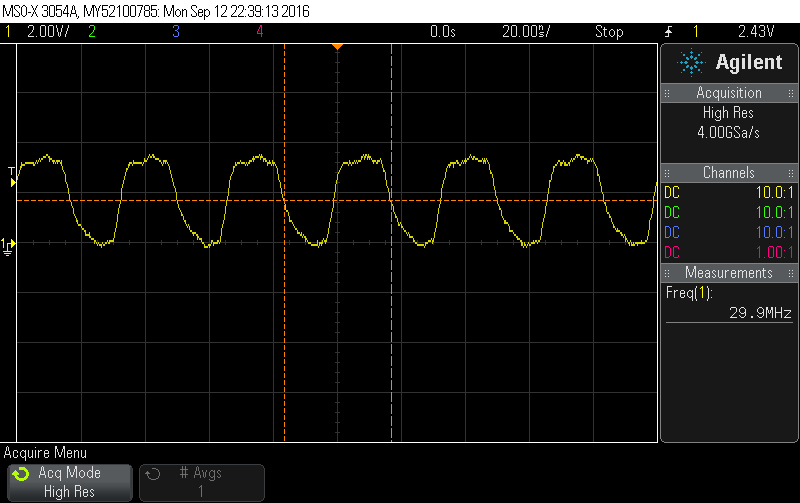Is not SYSCLK an acronym of System Clock and would SYSCLK not be synchronous to its own time base when set to DIVSCLK?
Main clock tree only shows gated logic in the path between MOSC and DIVSCLK.
Would like to experiment synchronize (4) TM4C1294 using single MOSC XTAL source and make 3 additional MCU driven by DIVSCLK. Will the DIVSCLK driven PLL's synchronize to the single primary MOSC?
Optional Clock Output Signal (DIVSCLK):
An optional clock output, DIVSCLK, is provided which can be used as a clock source to an external
device but bears no timing relationship to other signals. Note that this signal is not synchronized to
the System Clock. By programming the SRC field in the Divisor and Source Clock Configuration
(DIVSCLK) register, the following clock outputs may be selected for DIVSCLK:
■ System Clock
■ PIOSC
■ MOSC







